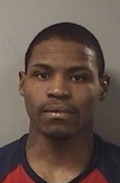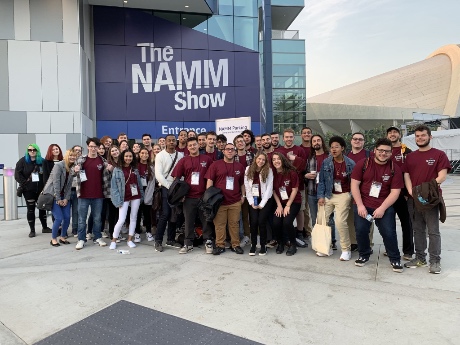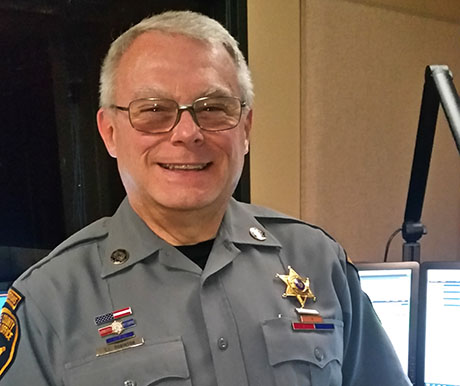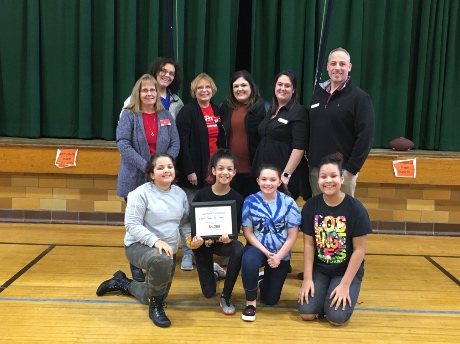Two men from out of the area, one with a gun, who fled police, released on appearance tickets
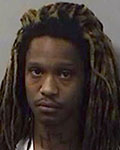
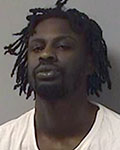
Two Monroe County residents who fled from police after an attempted traffic stop Thursday night, who are now facing multiple felonies, including a weapons charge, were released on an appearance ticket per New York's bail reform law shortly after they were apprehended.
Denzell A. Johnson, 27, of Orange Street, Rochester, and Shafatiah H. Miller, 26, of Lake Avenue, Rochester, were reportedly in a vehicle on Ellicott Street when Deputy Ryan DeLong and Investigator Pete Welker, working as part of a coordinated enforcement detail, tried to initiate a traffic stop for an alleged traffic violation at 8:16 p.m.
The vehicle reportedly turned south onto Otis Street in an attempt to evade police and drove through a yard in the area of 255 S. Swan St. where the occupants jumped from the moving vehicle and ran. The suspects ran in different directions and officers engaged in a foot chase, with one of the suspects running across Jackson School property. Both suspects were located and taken into custody. The vehicle came to rest without incident.
Johnson allegedly had a handgun and a quantity of a controlled substance on him at the time of his capture.
He is charged with:
- Criminal possession of a weapon on school grounds, a Class E felony;
- Criminal possession of a firearm, a Class E felony;
- Obstruction of governmental administration 2nd;
- Unlawful fleeing a police officer;
- Two counts of criminal possession of a controlled substance, 7th;
- Displaying a forged certification of inspection;
- Inadequate lights;
- Unlicensed operation;
- Two counts of failure to stop at a stop sign; and,
- Insufficient turn signal.
Miller is charged with:
- Criminal possession of a controlled substance 3rd, a Class B felony;
- Two counts of promoting prison contraband, 1st, a Class D felony;
- Promoting prison contraband, 2nd; and
- Unlawful possession of marijuana, 2nd.
Both suspects are expected in City Court at 1 p.m., Feb. 18.
Additional charges are pending further investigation.
Participating in the coordinated enforcement effort on Thursday were the Local Drug Task Force, Sheriff's Office, Batavia PD, Le Roy PD, the Department of Environmental Conservation, NYS Probation, NYS Parole.

